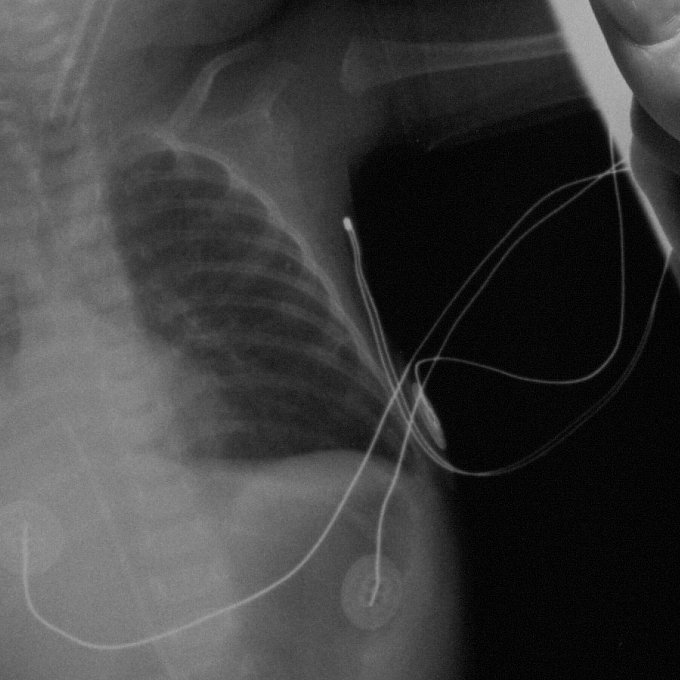
Health Imaging
A Role in Health Imaging
The company's pivotal role in development of the health imaging industry began less than a year after Wilhelm Roentgen discovered the x-ray in November 1895.
In 1896, Kodak introduced the first capture medium -- a photographic paper -- designed specifically for x-ray image capture. By 1914, the company employed two radiography experts to solve customers' technical problems, and by 1929, the technical staff had increased to 26.
As the business grew, Kodak adapted its film and imaging technology to meet special needs in the health industry. During World War II, for example, the company devised films to detect radiation exposure for workers developing the atomic bomb. Over the decades, other films with special characteristics were developed for applications like cardiology, dentistry, mammography and oncology (for radiation treatment of cancer).
Along the way, innovative processes improved both the quality and accessibility of x-ray images or radiographs. In 1956, the KODAK X-OMAT Processor was able to produce finished radiographs in only six minutes; less than a decade later, that time had been cut to a mere 90 seconds. Through acquisition of Imation's medical imaging business in 1998, Kodak incorporated dry-processed films into its portfolio. Such dry systems printed film images from digital medical imaging sources such as computed tomography (CT) and magnetic resonance imagers (MRI).
Later, developments in health imaging technology included computed radiography systems (CR), digital radiography systems (DR), and Picture Archiving and Communications Systems (PACS) to allow hospitals to archive, manage, view and share a variety of digital medical images.
In 2007, Kodak sold its Health Group to Onex Corporation to more closely focus on other imaging businesses.